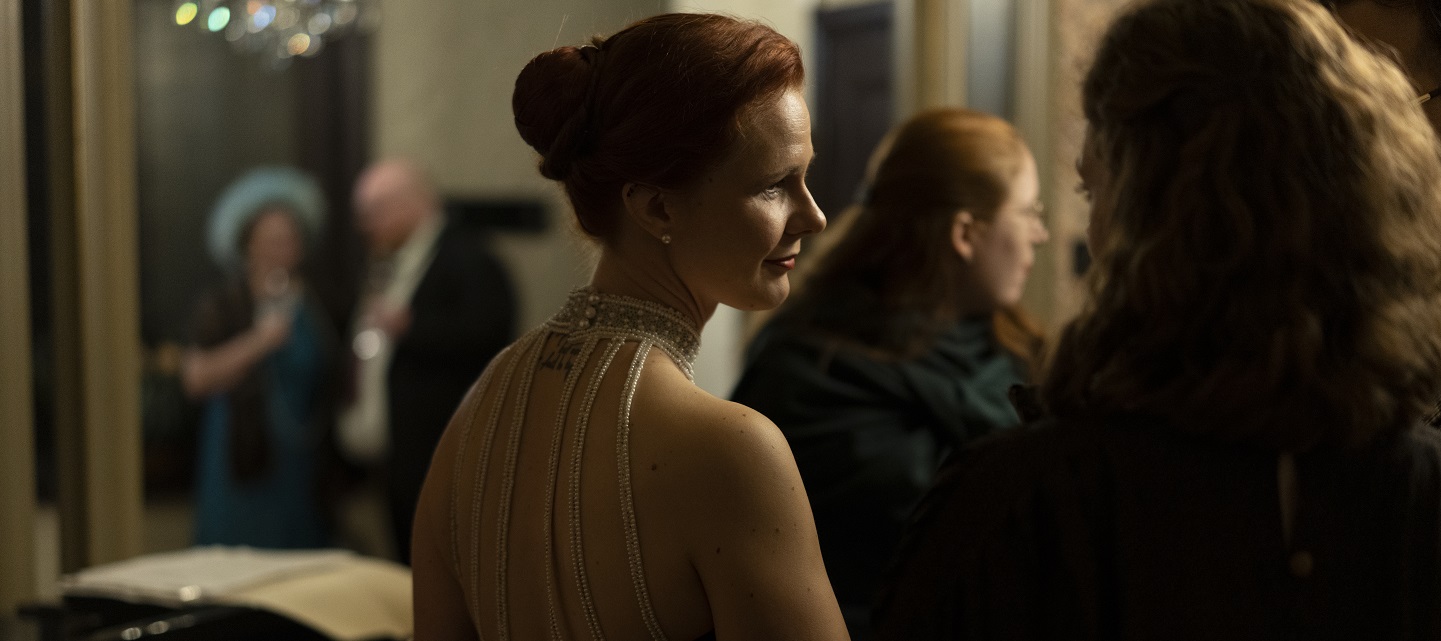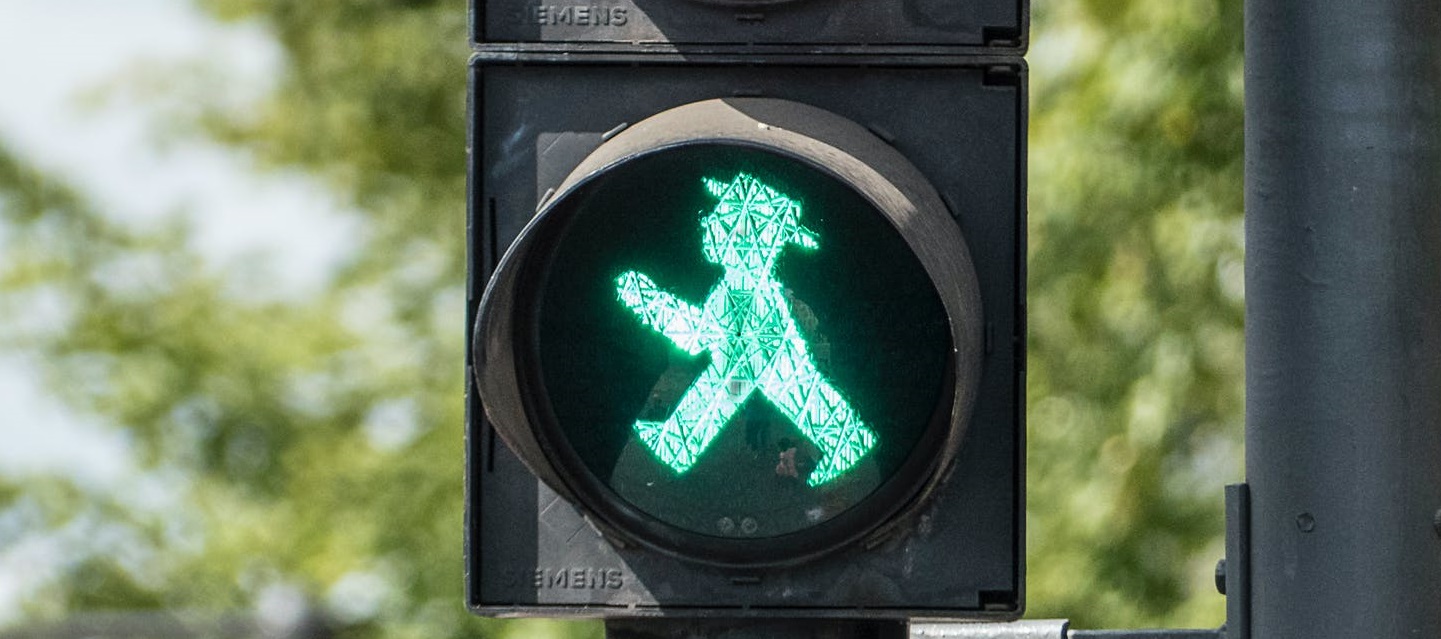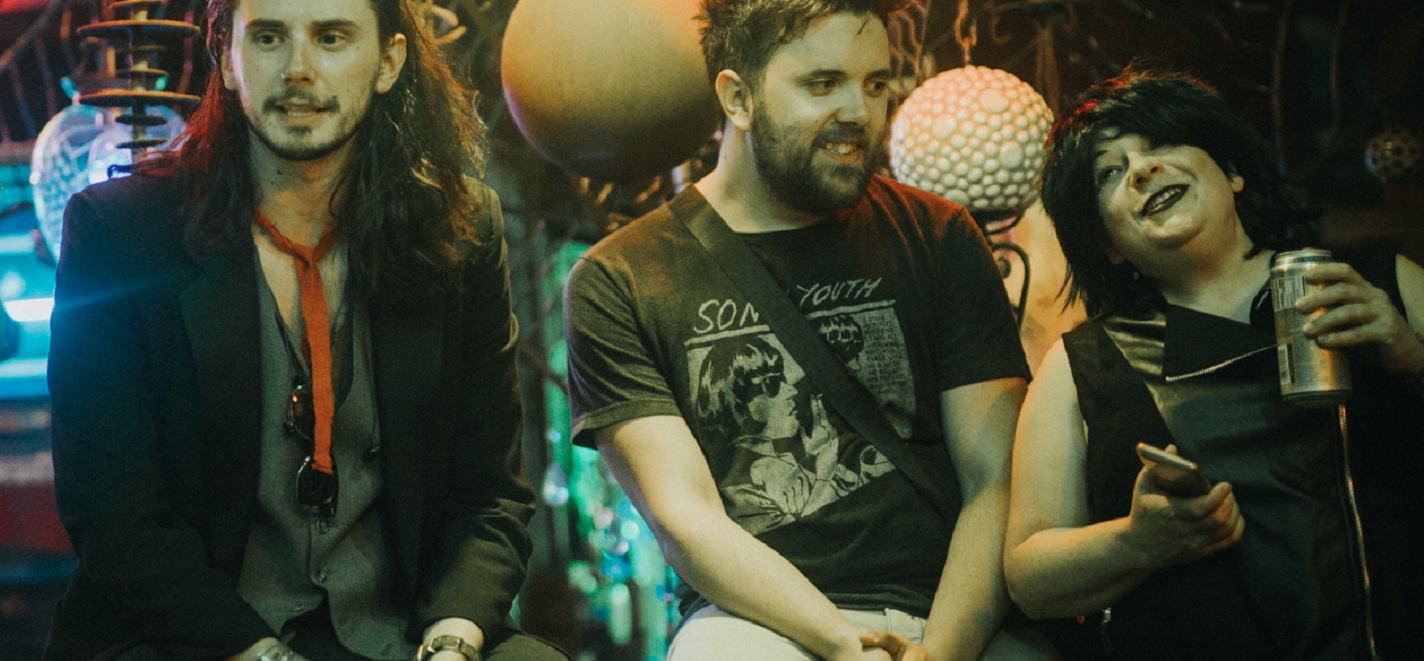Tag: pervasive larp
-

Culture, Community, and Layers of Reality: Playing Allegiance
A pervasive larp about the Cold War and the diplomacy needed to stave off nuclear Armageddon.
-

A Plot to Bomb the Magic Circle: Chaos Magic in Urban Play
in
Exploring the possibilities arising from disrupting the magic circle through urban pervasive styles of play and the practice of chaos magic.
-

Road Trip Report
Road Trip was like no other larp I’ve ever done. I felt like I’d fallen down the rabbit hole, with a constant interweaving of fiction and reality. Road Trip, a joint production of Dzobiak Larp Studios and Imagine Nation Collective, was a 7-day Nordic larp held in July 2017 in which a rock band and
-

Enlightenment in Blood: A Pervasive World of Darkness Nordic Larp
It’s not a revolution… it’s an insurrection. Anarch catchphrase during Enlightenment in Blood Enlightenment in Blood was an official White Wolf larp in the Nordic style spanning 10 locations for approximately 200 players in the city of Berlin. The larp lasted five hours and took place in the Friedrichshain district on May 12, 2017. Developed